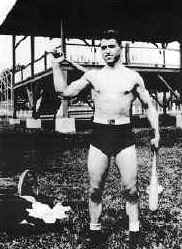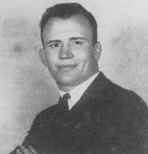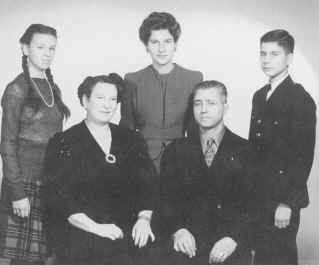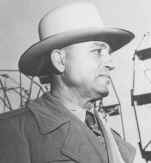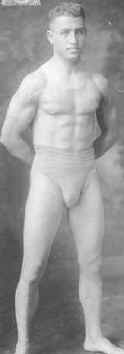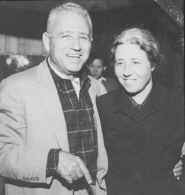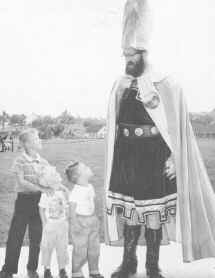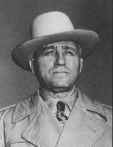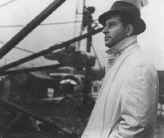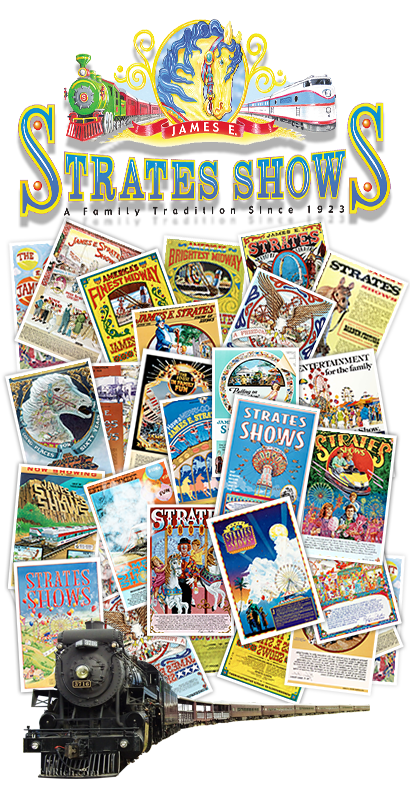
Strates Shows, America's only railroad carnival, travels the United States during a seven-month season, transporting personnel and equipment with 61 rail cars and 34 trucks. Traveling with the show are some 400 employees and families who operate the many rides, games and concessions.
Strates Shows has a history dating back to 1923 when James E. Strates, a Greek immigrant, began his first show. Mr. Strates came to America in 1909 and, like many immigrants, worked at a number of odd jobs. In 1919, he joined a carnival athletic show as a wrestler taking on all challengers. In 1923, James E. Strates acquired Southern Tier Shows and in 1932 changed its name to James E. Strates Shows. Mr. Strates continued to build and manage the carnival until his death in 1959. At that time his son, E. James Strates, assumed responsibility for the carnival and still operates it today.
Since 1959, many changes have occurred in the carnival business. E. James Strates has been an innovator from the beginning, bringing many firsts to the amusement business such as cooperative promotions, advance ticket sales and a centralized ticket system. In our technological society, the animals and rare "freak shows" have become a thing of the past. Today, fairgoers are more attracted to large spectacular thrill rides. To continue its growth, Strates Shows stays abreast of the market through continued research and by investing in the newest, most advanced equipment in the industry.

